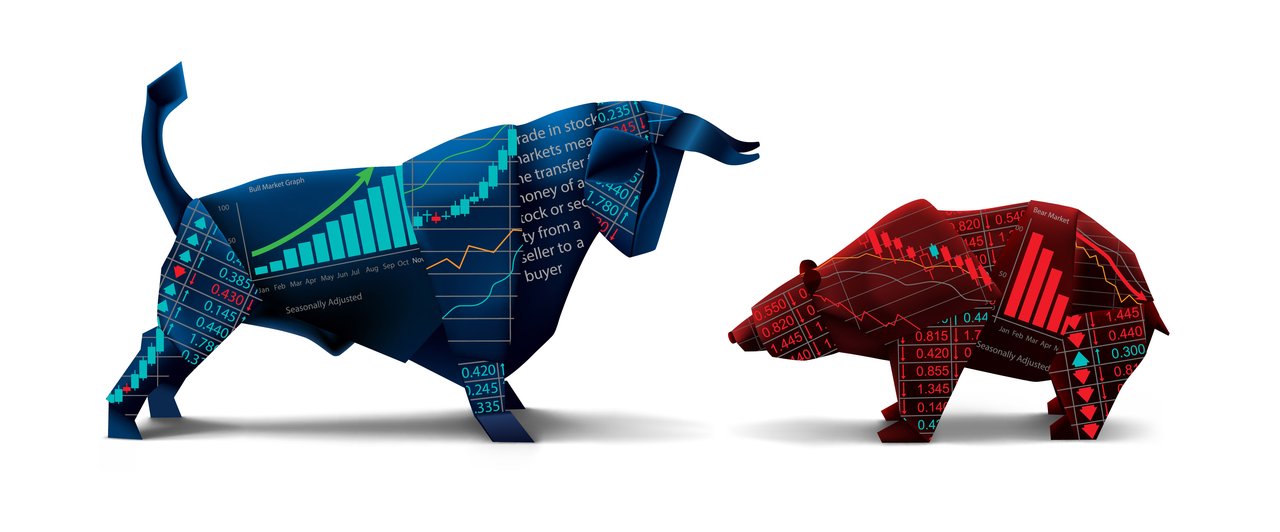Distress to Impress
With indicators pointing to the peak of the current financial cycle, an economic downturn could be imminent, bringing with it an uptick in distressed M&A activity.
An unpredictable global economy, changes in regulatory frameworks and political turbulence have long acted as markers for a financial downturn. Increasingly companies are looking closely at assets, lending and exposure in the face of a potential shift in the economic cycle. It’s not necessarily bad news, for a downturn can bring with it opportunities for future growth.
The first half of 2019 saw some very high value deals, such as Bristol-Myers Squibb’s $74 billion acquisition of Celgene, but, according to Mergermarket, activity fell by 24.2 percent in the second half. “2019 was a tale of two cities,” says asset management firm CQS’s Head of Special Situations Group, Ivelina Green. “Stronger companies have been getting stronger and companies under duress have faced tremendous pressure.” Given future predictors, this is exactly the time to be strategically forward thinking. “We are most probably late cycle. It’s not going to end imminently, but both companies and investors need to be very cautious and really think about their late cycle investing strategy.”
Future Imperfect
While there has been a softening in M&A activity, the distressed market is showing strong signs, triggered in part by political uncertainty and trade sanctions. The market is currently at a pivotal point, with plenty of liquidity but a lower volume of deals. This has created “two parallel universes” says Mats Rooth, Head of Baker McKenzie's Stockholm Banking and Finance Group. “We’re seeing a definite uptick. The common assumption is that activity will kick off soon, given signs such as people setting up trusts preparing to park distressed assets. That’s a real indication, along with the fact that banks and alternative lenders (debt funds) are still lending but they’re becoming much more picky.”
Retail has been a lucrative source of distressed M&A deals in recent years thanks to significant advances in technology and rapidly changing consumer behaviour. However, investors are increasingly looking at more varied targets. These include all highly levered industries including real estate, which are vulnerable to interest rate fluctuations. However, aside from external factors such as sudden liquidity crunches or black swan events, industry is not necessarily a defining factor in the resilience of a company, says Debra Dandeneau, Chair of Baker McKenzie's Global Restructuring and Insolvency Group.
“If I had to say where you'd find the biggest likelihood of becoming vulnerable to distress it is not sector based. Companies that have some sort of hiccup in terms of management are classic, especially where there is no fundamental problem with the business but there is a lack of agility, flexibility and responsiveness to environment.”
Risky business
With distressed M&A activity picking up and the current run of several strong economic years expected to come to an end, investors are poised to use earmarked capital on those companies whose risk exposure was too great. So, what can businesses do to minimise their vulnerability to downturns and other pressure factors? Ivelina Green of CQS notes that careful attention must be paid to internal structures. “You can have the best CEO in town but if you don’t have a middle management team that really knows the business, you’re going to fail.” However, she says the most obvious answer to limiting risk exposure is to stop borrowing. “Companies often think leverage is sustainable, that their current performance will continue in perpetuity, then suddenly the cycle turns and they’re in trouble. Stop borrowing - no one is holding a gun to your head. Companies need to be forward looking, it’s vital to be thoughtful about how much leverage you can sustain and whether the return on capex is worth it.”
There are significant opportunities to be found in distressed M&A markets, whether or not the top of the cycle conditions continue. “We’re constantly trying to read the tea leaves,” says Dandeneau, “but even if we don’t have a global meltdown there will always be companies stubbing their toes. Investors are consistently ready to take advantage of that.”
High returns, the ability to create value, and the chance to acquire attractive bolt-ons means that distressed M&A can be a lucrative playing field. However, as Mats Rooth points out, one of the biggest challenges is access to information given the reluctance of companies, and the banks that have them on their books, to broadcast their problems. “If you can be a white knight there are golden opportunities, but you shouldn’t parade yourself too aggressively,” he advises. “It’s all about having your ear to the ground to pinpoint the best deals.”

